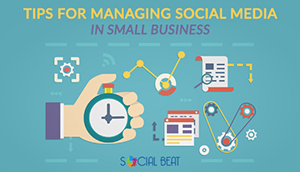With paid advertising getting more expensive by the day, SEO is a critical part of any digital media plan. Not many businesses in India are doing a good job at SEO, which leaves an opportunity for young businesses to capitalise on the growing digital market. So, where does one start? Below are the key aspects of SEO of executing an SEO plan.
1. Pre-work to SEO: The first step is to analyse competition and where one stands relative to them. Importantly, one needs to finalise the target keywords by combining data on (a) focus areas for the business and (b) intensity of competition for those keywords. Google Adwords Keyword Tool it the best way to research relevant keywords. It’s a good practise to place some paid ads to test the effectiveness of the keywords. Tools like SEOMOZ are also useful in assessing competition and their strategy.
2: On-page SEO: Once the keywords are finalised, the website needs to be made as informative as possible for the consumer and for search engines. For the search engine, the critical factors are
- Appropriate Title Tags
- Meta Descriptions
- Internal Links and site structure
- Valid Sitemap
- Error free website (no 404 errors)
Search engines value what consumers value – which is, relevant and original content. Professional reviews or reviews from consumers, blogs, articles, case studies will add significant value to a website.
3. Off-page SEO: Given the intense competition, on page SEO is usually not enough to start ranking high. Especially in India, some sectors, such as ecommerce, have seen a lot of off page link building. A link is considered a “vote” by google, about a websites popularity. While it’s easy to go for “paid links”, the path is very tricky and businesses deploying such strategies have been severely penalised by google in the past. Building links from high quality sources (relevant blogs, mass media, consumer blogs and social media) is a much more viable and long term strategy. Finally, For local businesses, it critical to rank high on Google Places. More about that in a future column.
No discussion on SEO is complete without understanding how search engines rank websites. The key factors they look at are:
- Relevance: How relevant is your page to the search query? Are the search terms part of your page title and page content?
- Popularity: Have you got links from other websites for the content related to the search term? What’s the ranking of such sites?
- Recency: How recently was your content posted? Is it old material which needs to be refreshed or is it up-to-date relevant material?
SEO continues to be a excellent customer acquisition channel and any business investing in it will see returns in 3-6 months, depending on the competition in the category.














